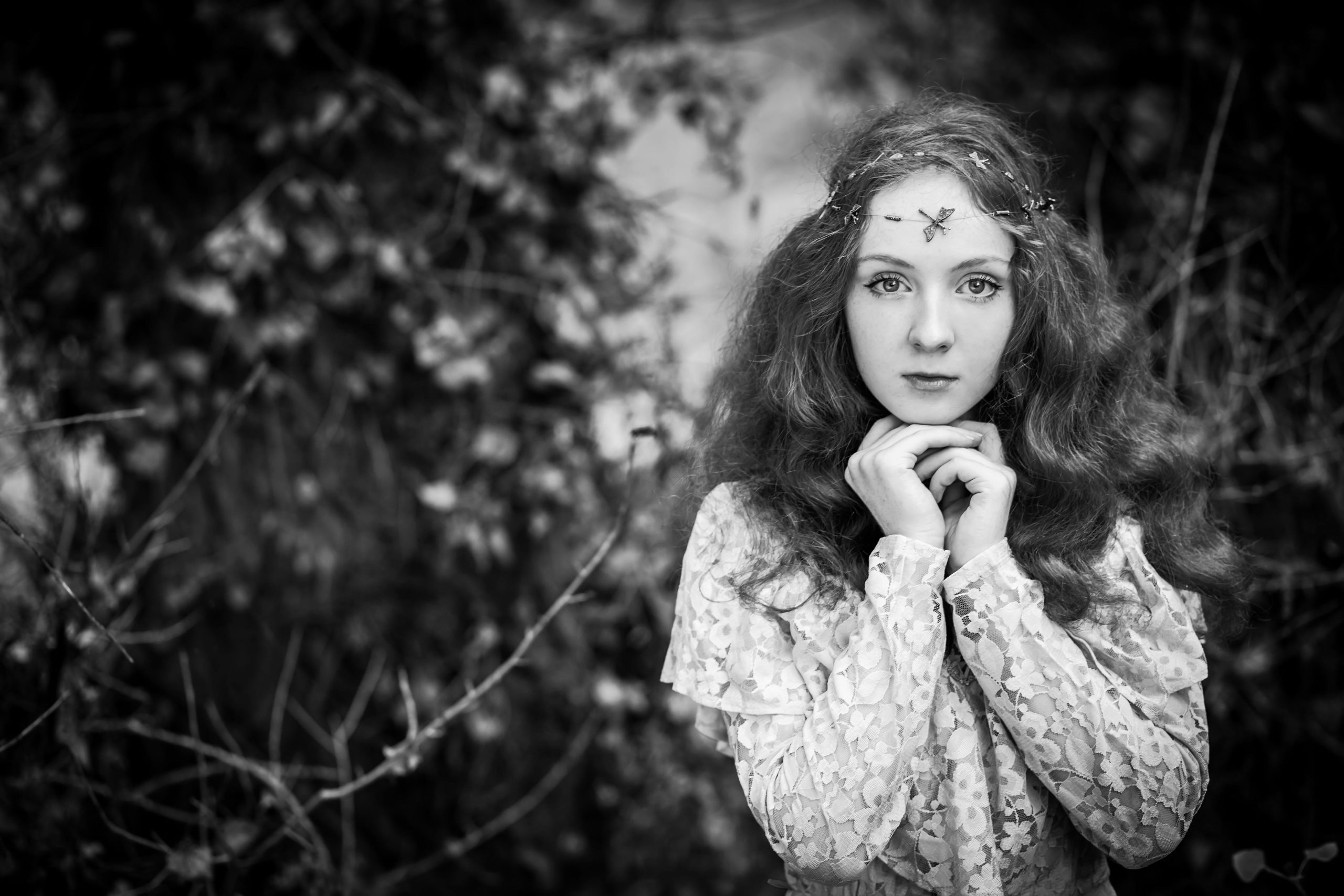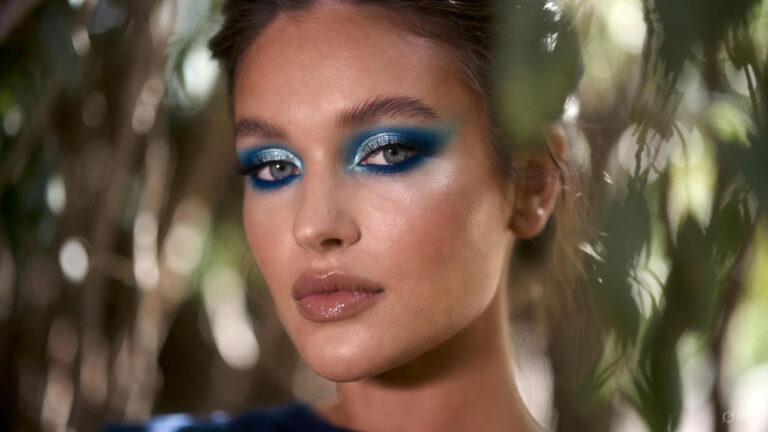Historical reenactments offer a captivating glimpse into the past, allowing participants and audiences alike to experience the sights, sounds, and even the smells of bygone eras. While elaborate costumes and authentic props play a significant role in recreating historical events, makeup is equally crucial in bringing characters to life.
In this comprehensive guide, we’ll delve into the complexities of makeup for historical reenactments, exploring the techniques, products, and historical accuracy required to accurately portray characters from various time periods.
From ancient civilizations to the Victorian era and beyond, join us on a journey through history as we uncover the secrets of historical makeup artistry.
The Evolution of Makeup Through the Ages
Before diving into the specifics of historical makeup, it’s essential to understand the evolution of cosmetic practices throughout history. From the ancient civilizations of Egypt and Mesopotamia to the glamorous courts of Renaissance Europe, makeup has played a vital role in cultural expression, social status, and even religious rituals.
In ancient Egypt, for example, both men and women adorned themselves with elaborate makeup, including kohl eyeliner, green eyeshadow, and red ochre lipstick. These cosmetic practices were not only a means of enhancing one’s appearance but also held symbolic significance, with certain colors and designs associated with specific deities and spiritual beliefs.
Similarly, during the Elizabethan era in England, makeup was used to signify social status and adherence to prevailing fashion trends. Pale skin, rosy cheeks, and heavily lined eyes were fashionable among the nobility, while peasants and lower-class individuals often eschewed makeup altogether due to its cost and impracticality.
As we progressed through history, the Victorian era saw a resurgence of conservative attitudes towards makeup, with pale complexions and subtle blushes dominating the beauty standards of the time.
However, by the early 20th century, the advent of cinema and the rise of Hollywood glamour ushered in a new era of bold, theatrical makeup styles, with iconic looks popularized by stars such as Marilyn Monroe and Audrey Hepburn.
Techniques and Products for Historical Makeup
When it comes to historical reenactments, authenticity is key. Achieving historically accurate makeup requires a combination of research, skill, and the right products. Here are some techniques and products commonly used in historical makeup:
- Foundation: Choose a foundation shade that matches the historical period you’re portraying. For example, pale, matte foundations were favored during the Elizabethan era, while dewy, natural finishes were preferred in the Victorian era.
- Eyeliner and Eyeshadow: Use eyeliner and eyeshadow to recreate historically accurate eye looks. For ancient Egyptian characters, opt for bold, kohl-lined eyes, while Victorian women may prefer soft, neutral eyeshadows paired with subtle eyeliner.
- Lipstick: Select lip colors appropriate for the time period. Ancient Egyptians favored red ochre lip stains, while Elizabethan women often applied vermilion or cochineal-based lipsticks for a bold, dramatic look.
- Powder and Rouge: Apply powder to set the makeup and create a matte finish, especially for historical periods where pale skin was prized. For eras like the Victorian era, add a touch of rouge to the cheeks for a natural flush of color.
- Special Effects: Depending on the character and time period, you may need to incorporate special effects makeup techniques such as aging, scars, or bruises. Research historical accounts and consult with experienced makeup artists to achieve realistic effects.
Historical Accuracy and Research
While makeup can enhance the authenticity of a historical reenactment, it’s essential to prioritize historical accuracy in every aspect of the portrayal. This includes not only the makeup itself but also the overall appearance, mannerisms, and speech of the character.
Before applying makeup for a historical reenactment, take the time to research the time period, social customs, and prevailing beauty standards. Look for primary sources such as paintings, sculptures, and written accounts to gain insights into the makeup practices of the era. Pay attention to details such as hairstyle, clothing, and accessories, as these elements can also contribute to the overall authenticity of the portrayal.
Additionally, consider the context in which the character would have lived and the societal norms that would have influenced their appearance. For example, a noblewoman from the Tudor period would have had access to different cosmetics and grooming practices than a peasant or commoner.
Conclusion
Makeup plays a vital role in bringing historical characters to life in reenactments, allowing participants to immerse themselves in the sights and sounds of bygone eras. By understanding the evolution of makeup through the ages, mastering historical makeup techniques, and prioritizing historical accuracy in every aspect of the portrayal, participants can create authentic and compelling characters that captivate audiences and transport them to another time.
FAQs
Q1: Can I use modern makeup products for historical reenactments?
While modern makeup products can be used for historical reenactments, it’s essential to choose products and techniques that align with the time period you’re portraying. Research historical makeup practices and opt for products that provide the most authentic results.
Q2: How do I achieve historically accurate makeup looks?
Achieving historically accurate makeup looks requires research, skill, and attention to detail. Study paintings, sculptures, and written accounts from the time period to gain insights into prevailing beauty standards and makeup practices. Experiment with different techniques and products to recreate authentic looks that capture the essence of the era.
Q3: Are there specific makeup brands or products recommended for historical reenactments?
While there are no specific makeup brands or products recommended for historical reenactments, look for brands that offer a wide range of shades and formulas suitable for recreating historical looks. Choose products with long-lasting formulas and buildable coverage to ensure durability throughout the reenactment.
Q4: How can I learn more about historical makeup techniques?
There are many resources available for learning about historical makeup techniques, including books, online tutorials, and workshops. Look for classes or events hosted by historical reenactment groups, museums, or makeup artists specializing in historical makeup to gain hands-on experience and expert guidance.
Q5: Can I incorporate special effects makeup into historical reenactments?
Special effects makeup can be incorporated into historical reenactments to create realistic effects such as aging, scars, or bruises. However, it’s essential to research the time period and context to ensure that the special effects are historically accurate and appropriate for the character being portrayed.



